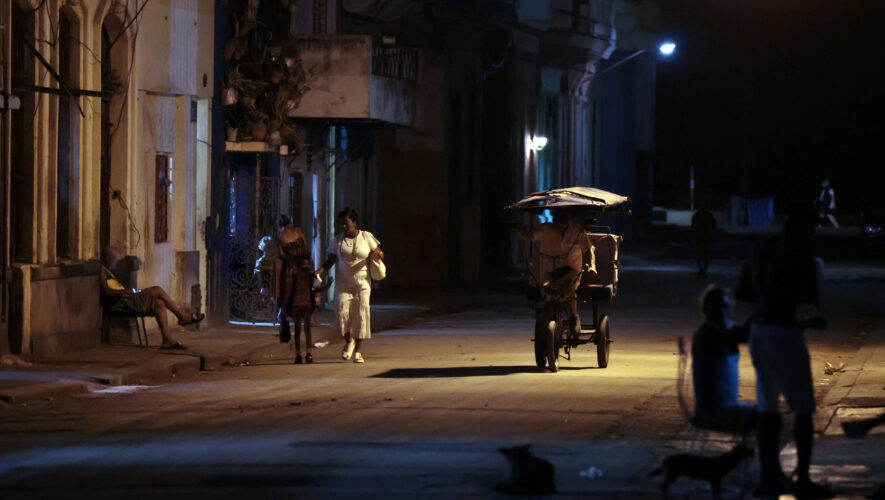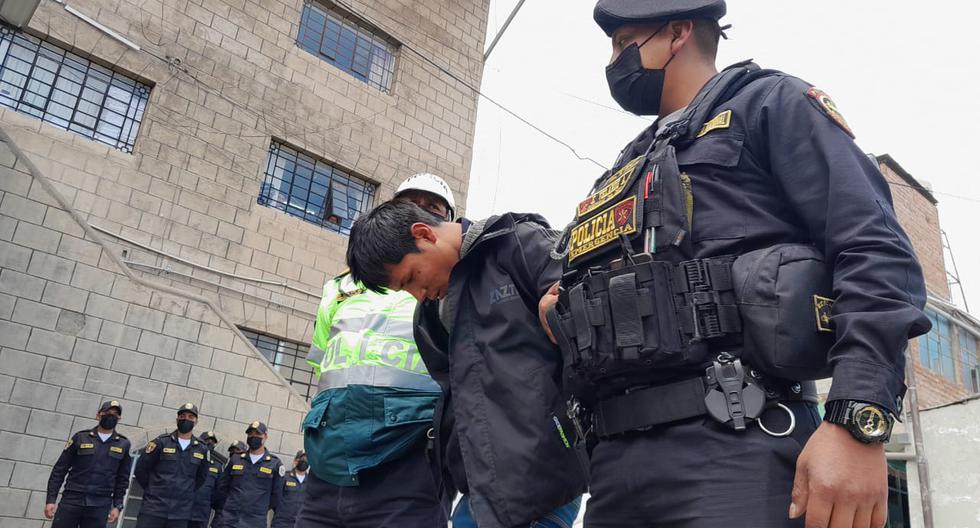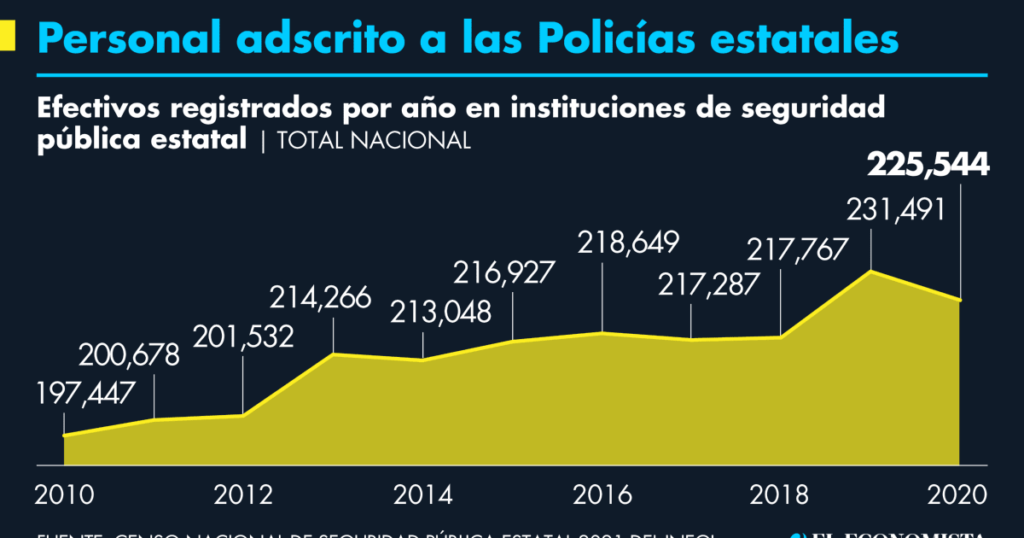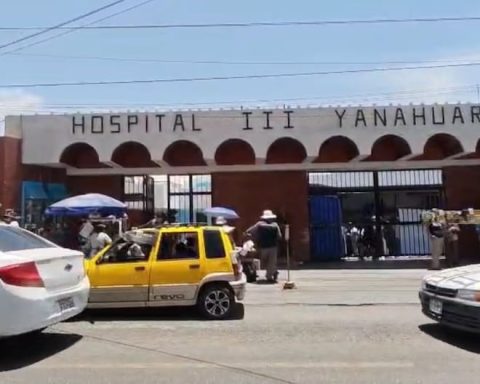The state company Unión Eléctrica de Cuba (UNE) foresees a deficit of 27% of the maximum power generation capacity during the hours of greatest consumption in the afternoon-night of this Sunday.
With this deficit, the UNE foresees a day with power cuts, a situation that has affected all the provinces of the Caribbean country for several months, including Havana.
CONSUMPTION
Blackouts can exceed 10 hours a day, which has a negative impact on the economic and social life of Cuba in the midst of the crisis it is going through.
The UNE estimates a generation capacity of 2,462 megawatts (MW), a maximum demand of 2,900 MW and a deficit of 438 MW for the hours of greatest consumption on this day.
The company attached to the Ministry of Energy and Mines also calculates a maximum impact during peak hours of 508 MW.
Cuts in the electricity supply – due to breakages and failures in the outdated thermoelectric plants, lack of fuel and scheduled maintenance – are increasingly frequent in the country.
BLACKOUTS
In 60 of the 62 days of July and August, blackouts were recorded on the Caribbean island, according to collated UNE data.
The Cuban government seeks to reduce them before the end of this year through repairs and new investments.
The blackouts affect all areas of the economy and in a notable way the daily life of Cubans, which is fueling social discontent in a country that is going through a severe crisis.
In recent weeks there have been dozens of protests such as those in Nuevitas (east), with two consecutive nights of demonstrations.
These were one of the main reasons behind the July 11 anti-government protests, the largest in decades.
Cuba relies heavily on foreign oil to produce energy (thermoelectric plants generate two-thirds of the electricity) and its main supplier, Venezuela, has notably reduced its shipments. EFE


















